9 Essential Pressure Cooker Parts List You Didn't Know You Needed
In the rapidly evolving world of kitchen technology, the importance of understanding the essential components of a pressure cooker cannot be overstated. As consumer reports indicate, nearly 70% of households in the United States now utilize some form of pressure cooking, underscoring the need for a comprehensive pressure cooker parts list to optimize cooking efficiency and safety. According to the 2022 Kitchen Appliance Trends Report, the pressure cooker market is projected to reach $3 billion by 2025, reflecting an increasing demand for versatile cooking implements in modern kitchens. This highlights the necessity of familiarizing oneself with key parts that enhance performance and longevity. In this article, we explore nine essential pressure cooker components you may not know you needed, ensuring that your culinary adventures are not only delicious but also safe and streamlined.
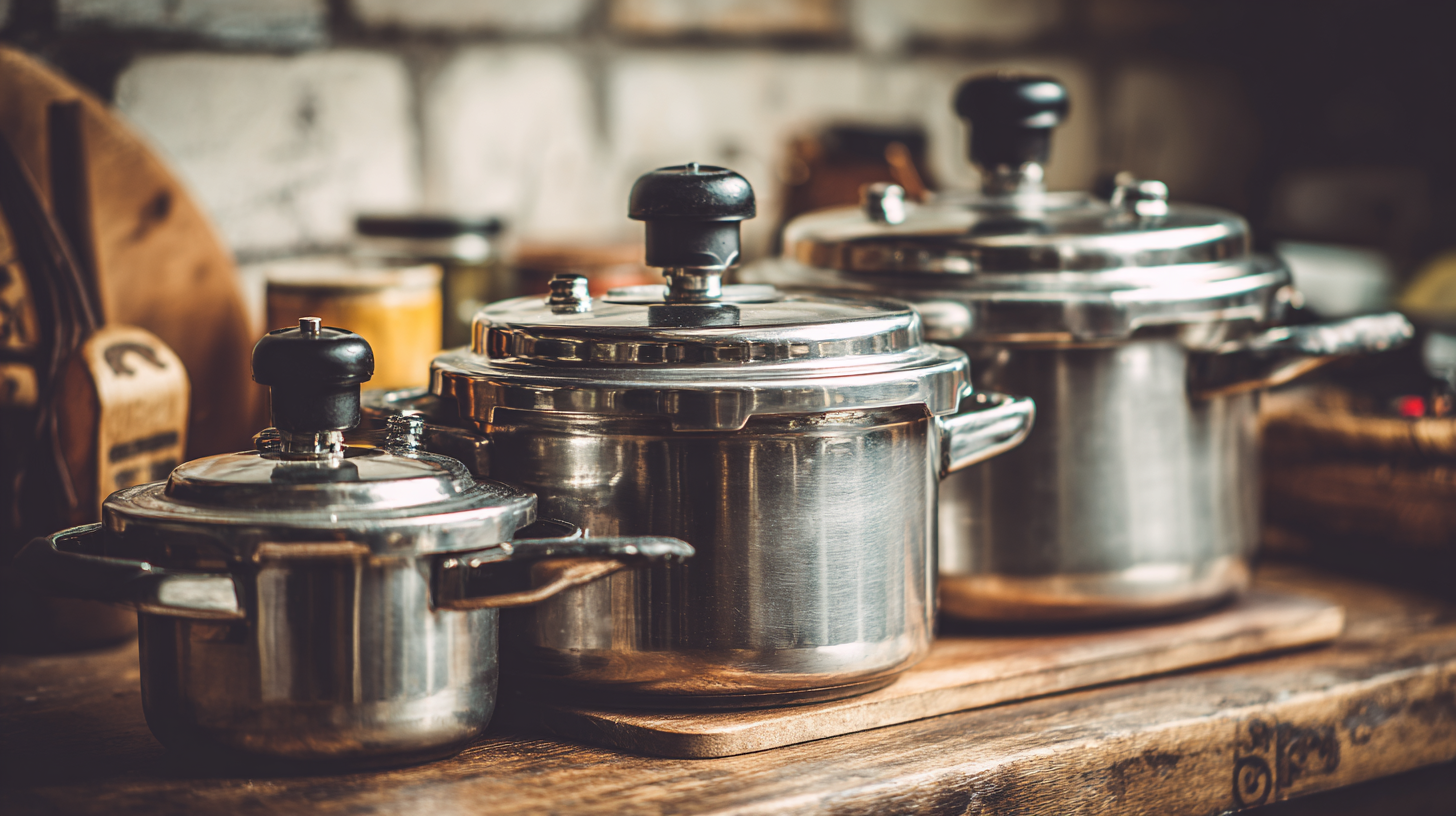
Essential Lid Components: Understanding the Functionality and Importance
The lid of a pressure cooker is not just a mere covering; it comprises several essential components that play a crucial role in its functionality and safety. The primary part of any pressure cooker lid is the sealing gasket, which ensures an airtight closure, allowing the cooker to build pressure effectively. This component is typically made of rubber or silicone and requires regular inspection for wear and tear, ensuring that it maintains its ability to prevent steam from escaping during cooking.
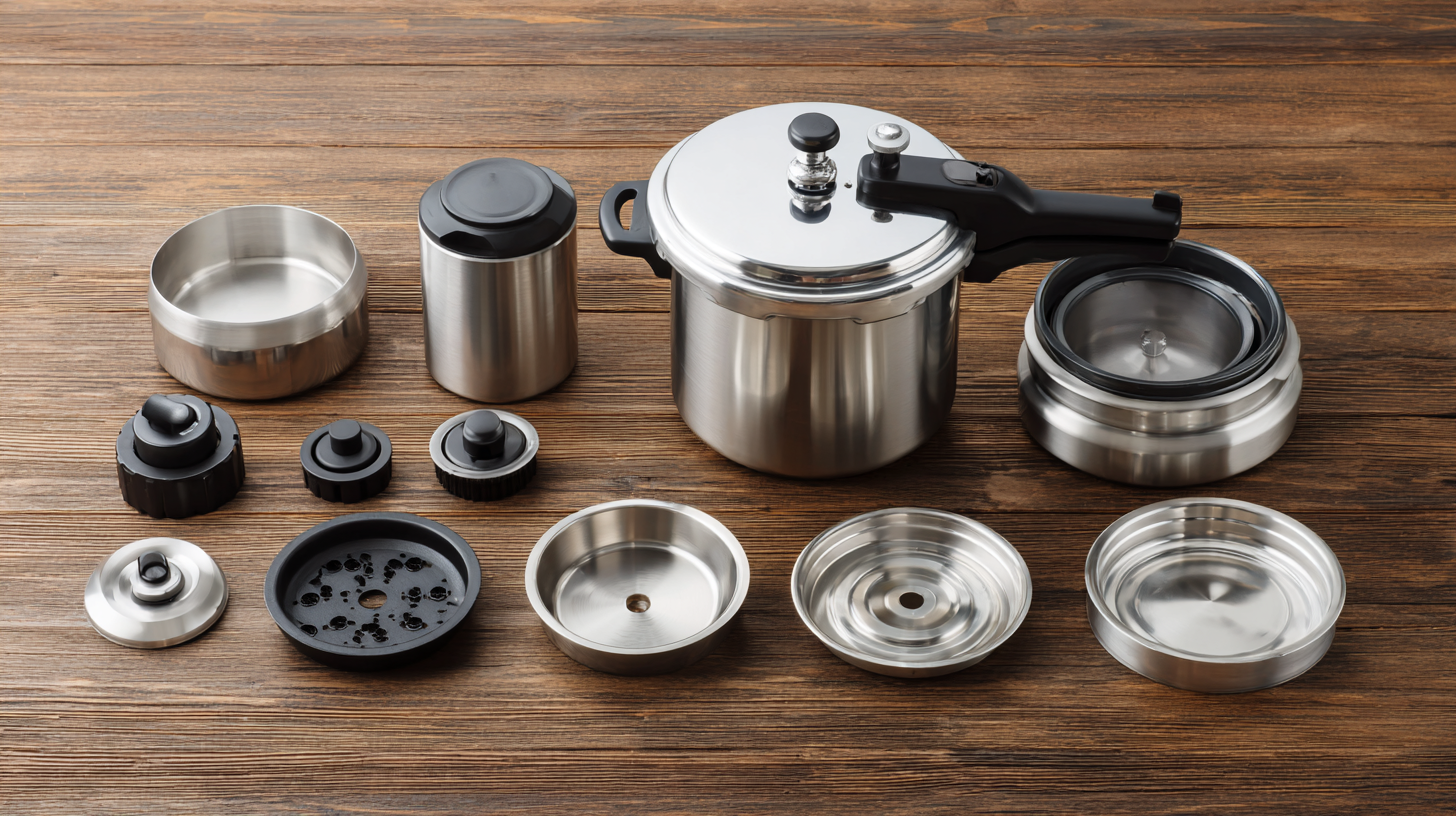
Another vital component of the pressure cooker lid is the pressure release valve. This mechanism is designed to regulate the pressure inside the cooker, releasing steam when it reaches unsafe levels. Understanding how this valve works is essential for any pressure cooker user, as improper handling can lead to dangerous situations.
Additionally, many modern lids feature locking mechanisms that secure the lid in place, providing an extra layer of safety by ensuring that the cooker cannot be opened until it has depressurized. These components not only enhance cooking efficiency but also prioritize user safety, making them indispensable parts of any pressure cooker.
Gaskets and Seals: Keeping Your Pressure Cooker Safe and Efficient
When it comes to the safe operation of a pressure cooker, gaskets and seals play a crucial role. These components are responsible for maintaining the airtight environment necessary for the cooker to function properly. Over time, gaskets can wear out or become damaged, leading to potential safety hazards. It's essential to regularly inspect your gaskets for signs of wear and replace them as needed to ensure optimal performance and safety.
Tips for maintaining your pressure cooker's gaskets include cleaning them after each use with warm, soapy water to remove any food residue that could lead to deterioration. Make sure to dry them thoroughly before storing your pressure cooker. Additionally, check the manual for specific replacement recommendations, as different models may have varying expectations for gasket lifespan.
Another valuable tip is to lubricate the gasket occasionally with a food-safe silicone lubricant. This can help extend its life and maintain its elasticity, ensuring a perfect seal every time you cook. Being proactive about gasket maintenance can prevent issues before they arise, allowing you to enjoy perfectly cooked meals without worry.
Pressure Regulators: How They Control Cooking Pressure and Time
Pressure regulators are a vital component in pressure cookers, controlling both cooking pressure and time. By maintaining the correct pressure inside the cooker, these regulators ensure food is cooked efficiently and evenly. According to a report from The Institute of Food Technologists, the precise control of pressure can reduce cooking time by up to 70%, making pressure cooking a popular choice for busy households. This efficiency is not just a matter of saving time; it also helps in preserving the nutrients in food, achieving better flavor profiles and tenderness.
When using a pressure cooker, it's crucial to understand how the pressure regulator functions. A poorly functioning regulator can lead to inconsistent results and even safety hazards. Industry studies indicate that improper pressure settings are a common cause of cooking failure, resulting in undercooked or overcooked meals. To optimize your pressure cooking experience, regularly check and maintain your pressure regulator for leaks or damage.
**Tip:** Always refer to your specific pressure cooker's manual for guidance on the correct pressure settings for various foods.
**Tip:** If you find your cooker is not maintaining pressure, ensure that the regulator is clean and free from debris, as blockages can disrupt its function.
Maintaining your pressure regulator not only enhances your cooking efficiency but also ensures a safe cooking environment.
Safety Valves: An Overview of Essential Safety Mechanisms
When it comes to pressure cookers, safety should always be a top priority. One of the essential safety components is the safety valve, a critical mechanism designed to release excess steam and prevent dangerous pressure buildup. According to a report by the American Society of Safety Professionals, improper use and malfunction of pressure cookers contribute to approximately 1,500 injuries annually in the United States alone. This highlights the importance of understanding and maintaining safety valves, which play a pivotal role in mitigating these risks.
Safety valves work by opening when pressure exceeds a specific threshold, allowing steam to escape and preventing the cooker from reaching potentially explosive levels. There are various types of safety valves, including spring-loaded and weighted designs, each offering unique advantages. A study published in the Journal of Consumer Safety indicated that pressure cookers equipped with dual safety valves are significantly safer than those with single-valve systems, reducing the likelihood of dangerous incidents by up to 40%. Therefore, understanding and regularly inspecting these components not only enhances cooking efficiency but also significantly boosts safety standards in the kitchen.
9 Essential Pressure Cooker Parts List You Didn't Know You Needed - Safety Valves: An Overview of Essential Safety Mechanisms
| Part Name | Function | Material | Maintenance Tips |
|---|---|---|---|
| Safety Valve | Releases excess pressure to prevent explosions | Stainless Steel | Check regularly for blockages |
| Gasket | Seals the lid to maintain pressure | Silicone | Replace if cracked or worn |
| Pressure Indicator | Shows when the desired pressure is reached | Metal/Plastic | Ensure it moves freely |
| Lid Lock | Prevents opening the lid under pressure | Plastic/Metal | Test the locking mechanism often |
| Heat Source | Provides heat to build up pressure | Varies (Gas/Electric) | Keep it clean for consistent performance |
Inner Pots: Choosing the Right Material for Optimal Cooking Performance
When selecting a pressure cooker, the choice of inner pot material plays a crucial role in achieving optimal cooking performance. The most common materials used for inner pots are stainless steel, aluminum, and non-stick coatings, each offering unique benefits. According to a report from the Specialty Food Association, 67% of consumers prefer stainless steel pots due to their durability and resistance to staining and scratching. Stainless steel is non-reactive, making it an excellent option for cooking acidic ingredients, thus maintaining the integrity of flavors while ensuring that food does not leach harmful substances.
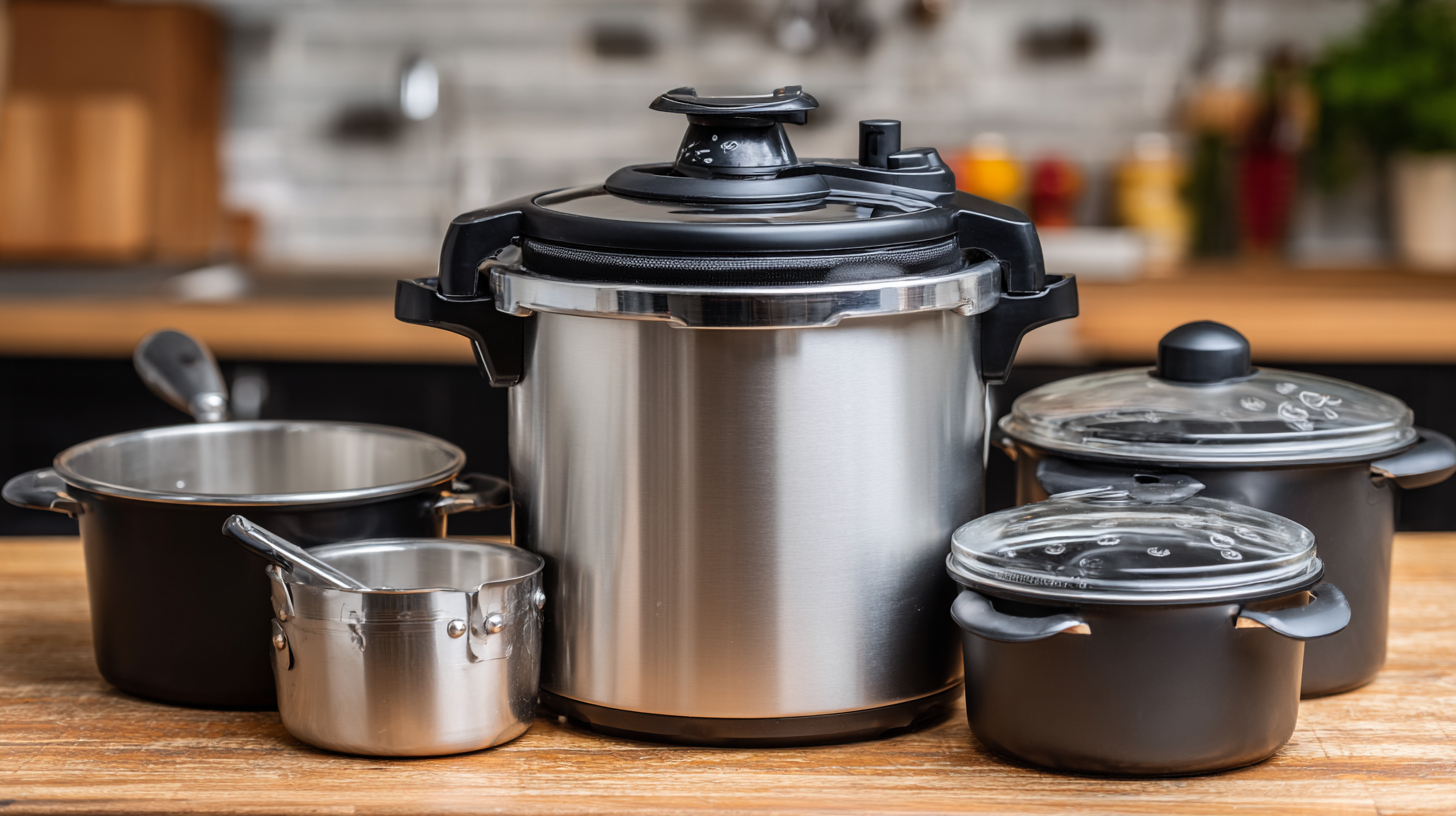
Aluminum pots, on the other hand, are favored for their excellent heat conductivity, allowing for quick and even cooking. However, they can be prone to warping and scratching; thus, they often require more careful handling. According to a study published in the Journal of Food Science, cookware made from high-quality anodized aluminum can enhance cooking efficiency by up to 20%. Non-stick pots are also popular, especially for beginners, as they reduce the need for additional fats and oils. However, it's essential to choose non-stick materials that are free from harmful chemicals, such as PFOA. Ultimately, selecting the right inner pot material is vital for maximizing the efficiency and safety of your pressure cooking experience.
Related Posts
-
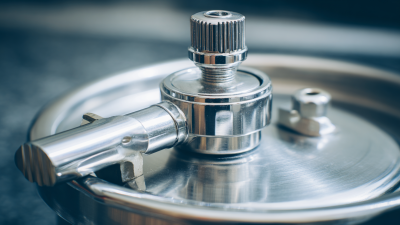
Choosing the Right Pressure Cooker Replacement Valve: A Comparison Guide to Top Manufacturers
-
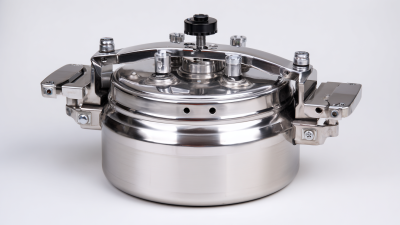
Global Procurement Insights Chinese Excellence in Pressure Cooker Parts Manufacturing
-

Advantages of Using Quality Pressure Cooker Cover Parts for Enhanced Cooking Safety
-

Innovative Approaches to Pressure Cooker Knob Replacement That You Must Try
-

7 Best Pressure Cooker Replacement Parts for Optimal Cooking Performance
-
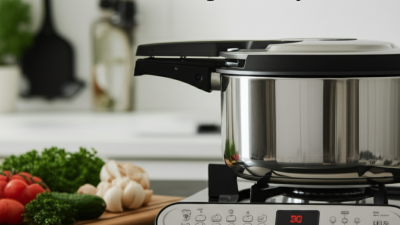
15 Best Pressure Cooker Knobs for Global Buyers to Elevate Cooking Efficiency
